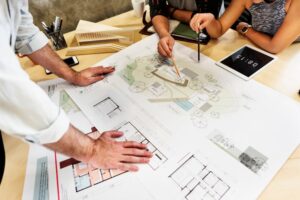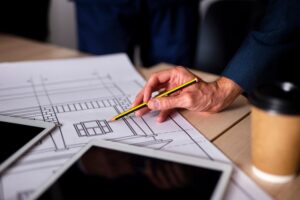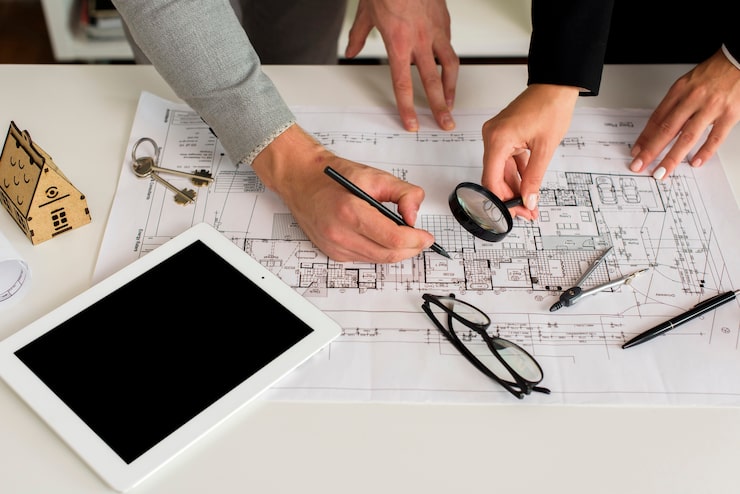Architecture is more than just the construction of buildings—it is a powerful art form that shapes our daily lives, influences culture, and reflects societal values. From ancient temples to modern skyscrapers, architecture has always been a mirror of human creativity and innovation. In this article, we explore how architecture is continuously being redefined and the ways it impacts our world today.
Understanding Architecture: Beyond Bricks and Mortar
Architecture is often misunderstood as merely the design of structures, but it encompasses so much more. At its core, architecture is the thoughtful combination of aesthetics, functionality, and cultural expression. It is a language through which societies communicate their values, ambitions, and identities.

The Evolution of Architectural Design
Throughout history, architecture has evolved alongside human civilization. Ancient structures like the Pyramids of Giza or the Parthenon not only served functional purposes but also symbolized power, spirituality, and technological achievement. Today, architecture integrates sustainability, technology, and social considerations, making it more dynamic than ever before.
Modern Architecture: Innovation Meets Functionality
Modern definition of architecture focuses on innovation and efficiency while maintaining aesthetic appeal. Architects now leverage advanced materials, digital modeling, and green technologies to design structures that are not only visually striking but also environmentally responsible. From eco-friendly skyscrapers to modular urban housing, contemporary architecture is reshaping the way we live, work, and interact with our environment.
Cultural Impact of Architecture
Architecture has a profound cultural impact. Landmark buildings often define a city’s identity, attract tourism, and inspire creativity. Consider the Eiffel Tower, Sydney Opera House, or Burj Khalifa—these iconic structures are more than buildings; they are symbols of human achievement and cultural pride.
Sustainable Architecture: Building a Better Future
Sustainability is becoming central to modern architectural practice. Architects are now prioritizing energy efficiency, renewable materials, and climate-resilient designs. Green architecture not only reduces environmental impact but also promotes healthier living spaces and sustainable communities, demonstrating how architecture can positively influence society.

Conclusion
Redefining architecture means embracing its role as an art form that shapes not just our cities, but our culture and future. Modern architects are pushing boundaries, blending creativity with technology, sustainability, and social responsibility. Understanding architecture’s evolving definition helps us appreciate the spaces we inhabit and inspires us to create a world that is both beautiful and functional.

Leave a Reply